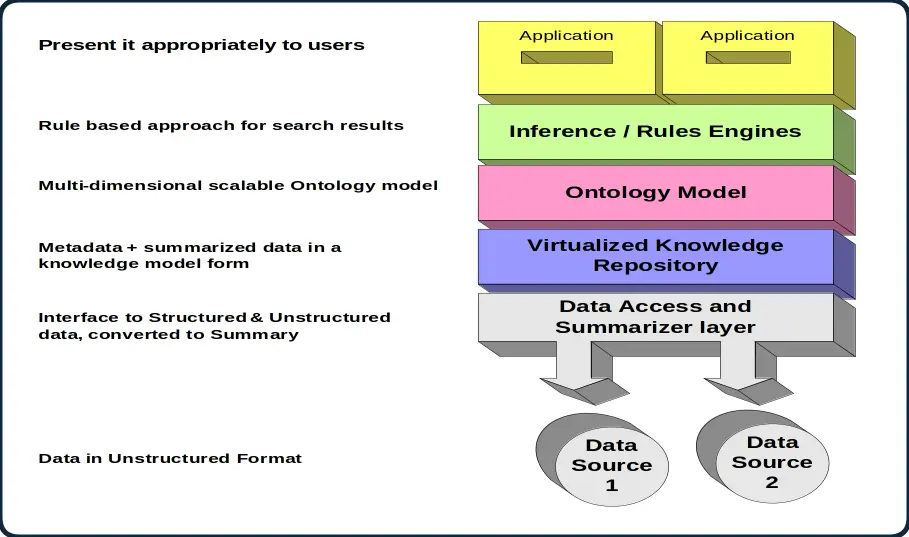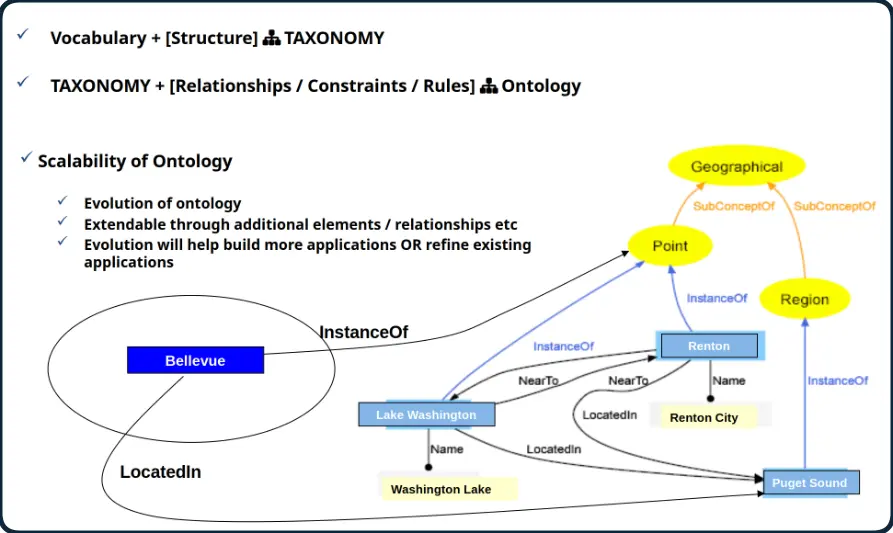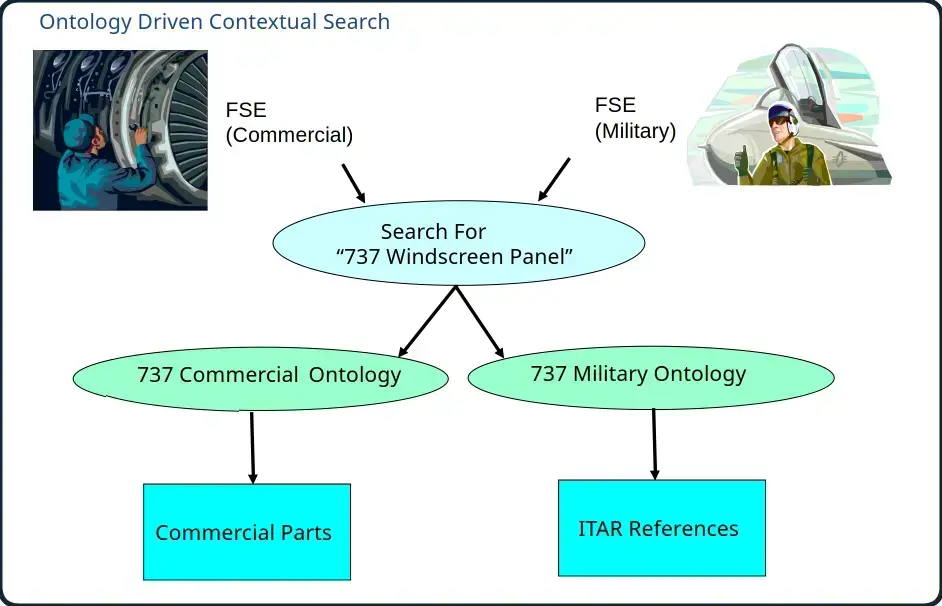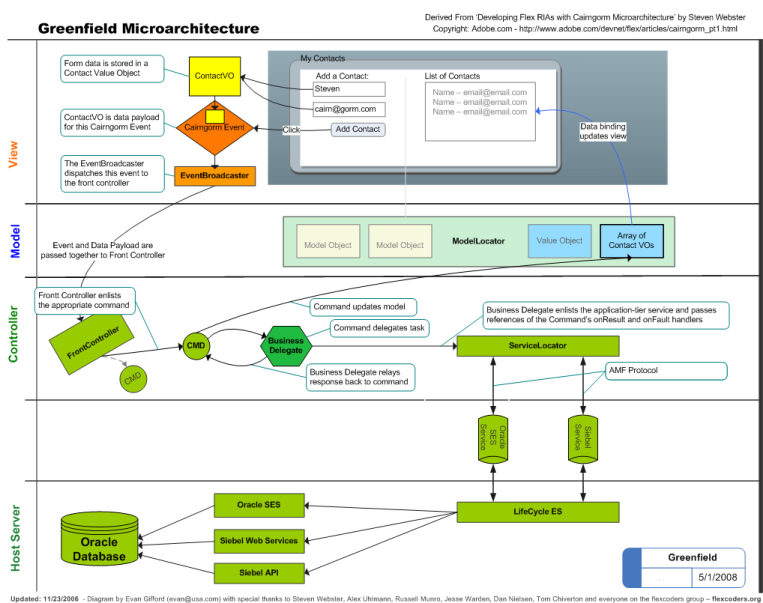In 2008, I prototyped an ontology-driven knowledge management system using Endeca, metadata, and real data — a direct precursor to today’s RAG+LLM architectures. In 2025, SCRY applies similar concepts to State governance.
I demoed this project to a board of directors but it wasn't approved and died after my company lost their contracts. Manual procedures were creating inconsistency in plane repairs and this was an attempt at automated standardization. It's about twenty slides but I'm only showing a few with relevant design features.





✈️ 2008 vs 2025
| Layer | 2008 Knowledge Labs | 2025 SCRY (AI Advisor) |
|---|---|---|
| Problem Domain | Engineers needed fast fixes to get planes flying again. | Lawmakers, clerks, auditors need fast policy analysis. |
| Core Data Sources | Service logs, repair manuals, parts DB, emails. | Legislative bills, statutes, public feedback, case law. |
| Integration Backbone | Endeca faceted search + metadata tagging. | Qdrant vector DB + Postgres RBAC. |
| Ontology Layer | Taxonomy + rules | Role-based filters + domain ontologies |
| Search & Reasoning | Ontology-driven contextual search | Retrieval-augmented generation + prompts |
| Inference Engine | Rule-based predictions | LLM reasoning |
| UI / Delivery | Engineers received “repair packs”: instructions, estimated repair time, expert contacts. | Lawmakers receive structured responses: bill context, fiscal impact, risks, prior examples. |
| Value Proposition | Reduce downtime, lower cost, faster customer support, consistent answers. | Faster policymaking, cost savings, improved legislative clarity, institutional memory. |
| Strategic Goal | Turn “exceptions” into “known cases” | Turn “policy questions” into “data-driven decisions” |
🔑 TLDR
- Client’s KL pattern = today’s Legislation → SCRY pattern.
- Endeca faceted search has evolved into Qdrant embeddings.
- Manual summarizers replaced by LLMs that self-summarize and reason.
- The vision — turn chaos into predictability through knowledge — is identical.
2008 - Boeing Commendation
Revisiting my original blog and my Boeing project in 2008. I’d forgotten this letter... Technical Team Lead XXXXXXXX was one of my five managers. I accomplished quite a bit that year. We ripped off Seibel’s face, added a new one plus a queuing system in a “multi-tenant” design. Some excerpts

Multi-Tenant Systems - 1996 to 2018
My first application, Aspen
[http://www.ugpti.org/research/projects.php?view=93&program=tssc], was
multi-tenant. State agencies could alter forms, add fields, change printed
reports and that’s why it succeeded. About half of my projects have been
multi-tenant. -------------------------------------------------------------------------------- We used Adobe Flex and the Cairngorm framework for



Comments